- Stable test results
- You could have chosen a newer model
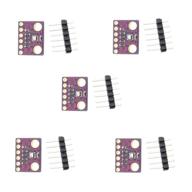
3
·
Terrible

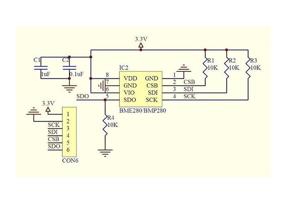
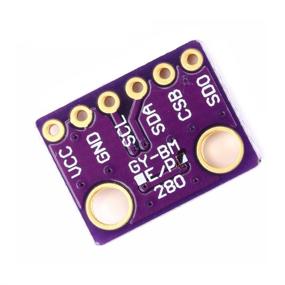


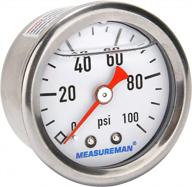
Fuel Pressure Gauge - 1-1/2" Dial, 304 Stainless Steel Case, Liquid Filled, 0-100Psi, 3-2-3%, 1/8"NPT Center Back Mount

11 Review
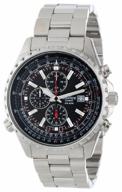
Watch CASIO Edifice EF-527D-1A

11 Review
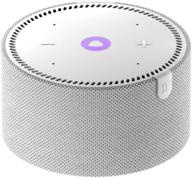
Smart speaker Yandex Station Mini without clock with Alice, gray opal, 10W

5 Review
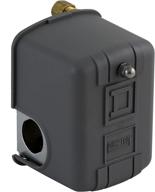
🔌 Enhanced Performance Square Schneider Electric 9013FHG12J55X Air Compressor: Delivering Optimal Efficiency and Power

5 Review
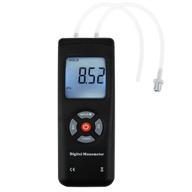
🔍 Enhanced Precision with Backlit Professional Manometer for Differential Ventilation

6 Review
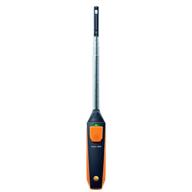
🔥 Advanced Testo Wireless Hot Wire Anemometer Technology

4 Review
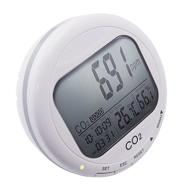
🌡️ Continuous Temperature Monitoring with Relative Humidity Integration

4 Review
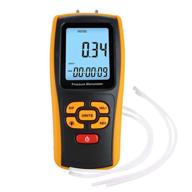
Portable Handheld Manometer 📏 for Accurate Pressure Differential Measurement

5 Review